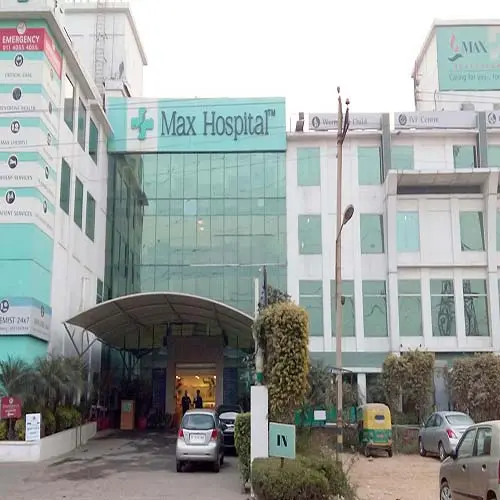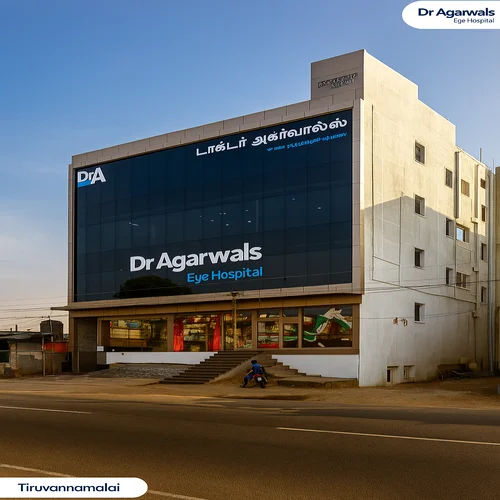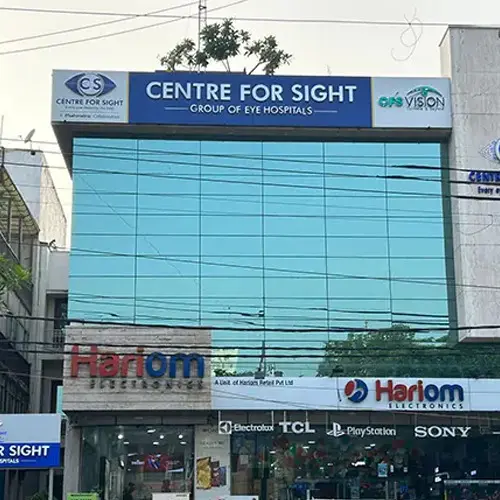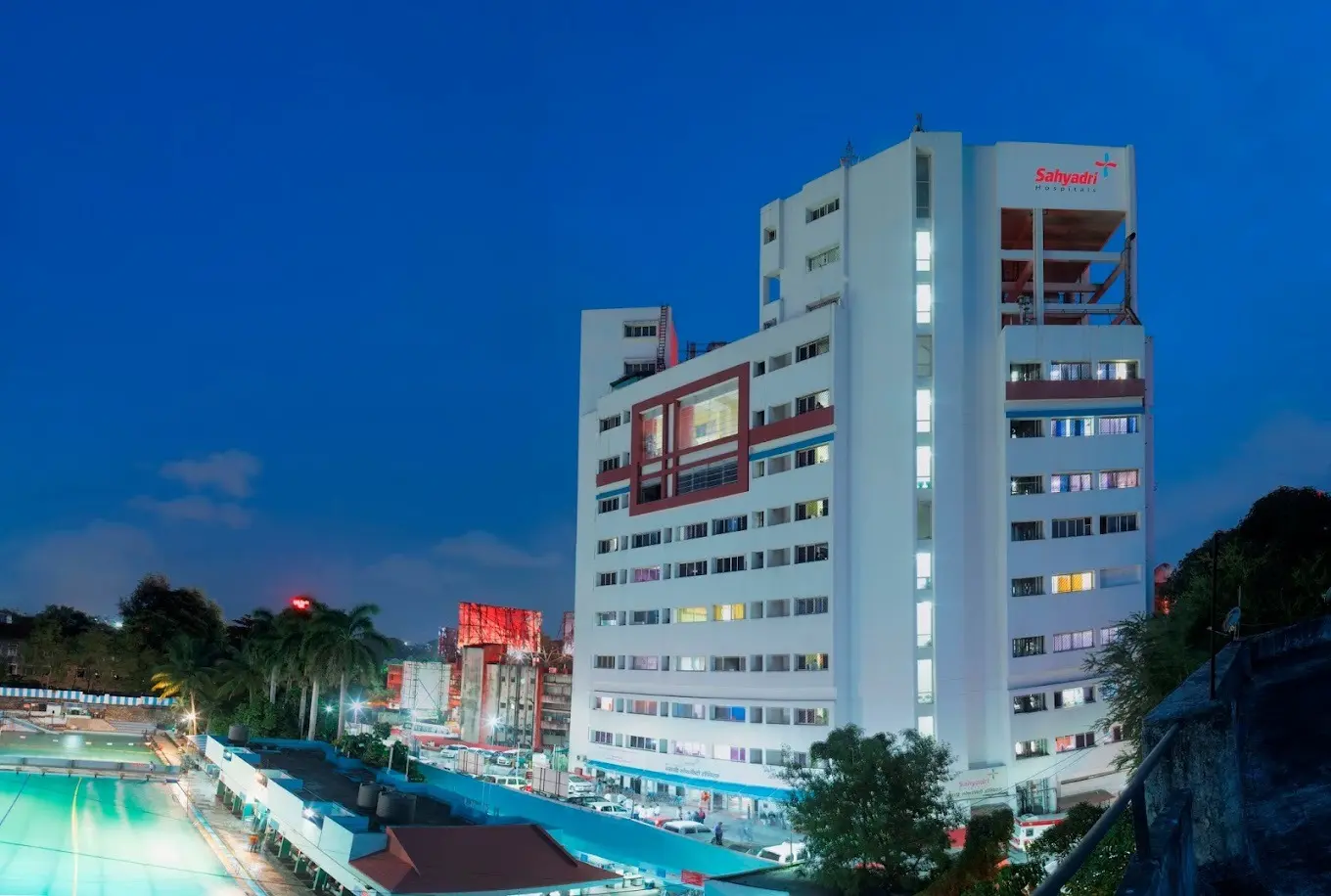Strabismus (Squint) Correction cost in India
Strabismus surgery cost in India ranges from $1,200 to $1,400, which is approximately ₹1,02,000 to ₹1,19,000 INR per eye. The overall cost depends on the complexity of the condition, number of muscles involved, and whether one or both eyes are treated. This usually covers surgeon’s fees, anesthesia, operation theater charges, and a short hospital stay.
Cost Range of Strabismus (Squint) Correction cost in India
What is strabismus or crossed eyes?
Strabismus, also known as crossed eyes or squint, is a condition where the eyes do not align properly. While one eye looks straight ahead, the other may turn inward, outward, upward, or downward. This misalignment can happen all the time or only occasionally. Strabismus is common in children but can also affect adults. It may cause double vision, eye strain, or poor depth perception. Early diagnosis and treatment—such as glasses, eye exercises, or surgery—can help correct the alignment and improve both vision and appearance.
Get a free cost estimate
Types of Strabismus
Strabismus can vary based on which direction the eye turns and how often it occurs. Here are the main types:
Esotropia (Inward Turning Eye)
One or both eyes turn inward toward the nose. This is the most common type in children and may be constant or appear only when the child is tired or focusing.
Exotropia (Outward Turning Eye)
One eye turns outward, away from the nose. It may occur occasionally, especially when the person is daydreaming, sick, or looking at distant objects.
Hypertropia (Upward Turning Eye)
One eye is higher than the other. This type is less common and may cause double vision or head tilting to compensate.
Hypotropia (Downward Turning Eye)
One eye is lower than the other. Like hypertropia, it may be associated with muscle or nerve issues and usually requires medical evaluation.
Intermittent Strabismus
The eye misalignment happens only at certain times, such as when tired or sick. It may improve with eye exercises or glasses, but some cases need surgery.
Constant Strabismus
The misalignment is always present and often requires surgical correction to realign the eyes and improve binocular vision.
Who Is an Eligible Candidate for Strabismus Surgery?
Strabismus surgery is generally recommended for people whose eyes remain misaligned even after non-surgical treatments like glasses or vision therapy.
You may be an eligible candidate if:
In Case of Children
- The eye turn is constant or worsening over time. Vision development is being affected.
- Non-surgical methods (like patching or glasses) haven't corrected the misalignment.
In Case of Adults
- The eye misalignment causes double vision, headaches, or eye strain.
- Cosmetic concerns or low self-confidence due to visible eye turning.
- Previous strabismus corrected in childhood has returned.
Other Requirements
- You are in generally good health and can undergo anesthesia.
- You understand that surgery improves eye alignment, but may not always restore full binocular vision.
- Commitment to follow-up visits and any post-surgical eye exercises if advised.
Types of Strabismus Surgery with Approximate Cost (USD)
Here is an overview of the common types of Strabismus Surgeries along with their approximate cost range in USD:
Type of Surgery | Description | Estimated Cost (USD) |
Unilateral Strabismus Surgery | Performed on one eye; typically corrects one or two muscles. | $1,200 – $1,400 |
Bilateral Strabismus Surgery | Performed on both eyes to correct more complex or larger angle deviations. | $2,000 – $2,500 |
Adjustable Suture Surgery | Allows fine-tuning of eye position after surgery, commonly used in adults. | $1,600 – $2,100 |
Reoperation (Revision Surgery) | For patients with recurrence or residual misalignment from previous surgery. | $1,700 – $2,200 |
Botulinum Toxin Injection (optional) | Sometimes used as a temporary correction or diagnostic tool. | $500 – $800 (per session) |
Get a free cost estimate
Strabismus or Squint Correction Cost in India Inclusions
- First consultation
- Treatment as advised
- Routine drugs and consumables required during hospitalization
- Pre-anesthesia check up and clearance
- Hospital stay and meals as per the package
Strabismus or Crossed-Eye Surgery Cost in India Exclusions
- Pre-operative examination and tests
- Hotel stay, meals and flights
- Extended hospital stay
- Post-treatment follow-ups
- Treatment for any other underlying medical conditions
- Any complex investigations or drugs
Other Factors Affecting Strabismus Surgery Cost in India
- Whether needed for single or both eyes
- History of previous treatment
- Type of surgery advised
- Choice of location, doctor, and hospital
- Pre-existing medical history
- Type and duration of treatment advised
Pre-Surgery Tests for Strabismus Surgery
Category | Brief Description | Common Tests & its Cost |
Vision & Eye Tests | To assess eye alignment, muscle strength, and binocular vision. | Visual Acuity Test, Cover Test, Prism Test, Hirschberg Test, Retinal Exam, Eye Movement Assessment. It costs about $100 to $150. |
Blood Tests | To check general health, detect infections, and assess readiness for surgery. | Complete Blood Count (CBC), Blood Sugar, Coagulation Profile (PT, APTT, INR), Blood Group & Cross-Match. The cost will be around $100. |
Imaging (if advised) | For complex cases or neurological involvement. | Orbital MRI or CT scan (only in select or adult cases with suspected underlying issues). Cost will be around $250-$300. |
Cardiac Evaluation | Especially for children or adults with preexisting conditions. | ECG, Echocardiogram (2D Echo), as advised by anesthesiologist. Cost is approximately $250 (if required). |
Pre-Anesthesia Checkup | To confirm fitness for anesthesia and plan safe surgery. | Airway assessment, vitals, medical history review, and anesthesia consultation. Cost is approximately $100. |
Why India is Preferred for Strabismus Surgery?
India is a top destination for strabismus (squint) surgery due to its affordable pricing, globally trained eye surgeons, and advanced ophthalmic care. With costs ranging from $1,200 to $1,400, India offers high-quality treatment at a fraction of the price seen in the USA, UK, or UAE. Leading eye hospitals such as Max Hospital, Dr. Agarwals Eye Hospital (multiple cities), and Centre for Sight (pan-India) are known for delivering world-class squint correction procedures using the latest techniques, including adjustable suture surgeries.
These centers offer comprehensive care with child-friendly setups, low wait times, multilingual support, and international patient coordination services. Combined with India's strong reputation in medical travel, it remains an ideal and trusted option for families seeking safe, effective, and affordable squint correction.
Best Hospitals for Squint Correction in India
Best Doctors For Squint Correction in India
FAQs
No, the surgery is performed under general anesthesia, so the patient doesn’t feel pain during the procedure. Mild discomfort or redness may be experienced after surgery, which typically resolves in a few days.
The surgery usually takes about 45 minutes to 1 hour, depending on how many muscles are involved.
In most cases, strabismus surgery is done as a day-care procedure, and the patient can go home the same day.
The surgery aligns the eyes but may not always improve vision directly. If there’s lazy eye (amblyopia), additional treatments like patching or vision therapy may be needed.
Yes, adults with strabismus due to childhood issues or nerve/muscle problems can benefit from the surgery both cosmetically and functionally.
Most children can return to school within 5–7 days after surgery, with some minor restrictions on physical activity for a couple of weeks.
Yes, in many cases glasses are still needed to correct vision or help maintain alignment. Surgery treats the alignment but not refractive errors.
Yes, bilateral strabismus surgery is common when both eyes are affected or when better balance is needed for alignment.
Common and Temporary Side Effects:
- Redness and Mild Swelling: The white part of the eye (sclera) may appear red for a few days or weeks.
- Mild Pain or Discomfort: Slight irritation, burning, or soreness is common after surgery and is usually manageable with eye drops or mild pain relievers.
- Watery Eyes or Mucus Discharge: May occur temporarily as the eye heals.
- Light Sensitivity: The eyes may feel sensitive to light for a few days.
The best age is typically between 1 to 4 years, depending on the type and severity. Early treatment helps in developing normal binocular vision and preventing lazy eye.







